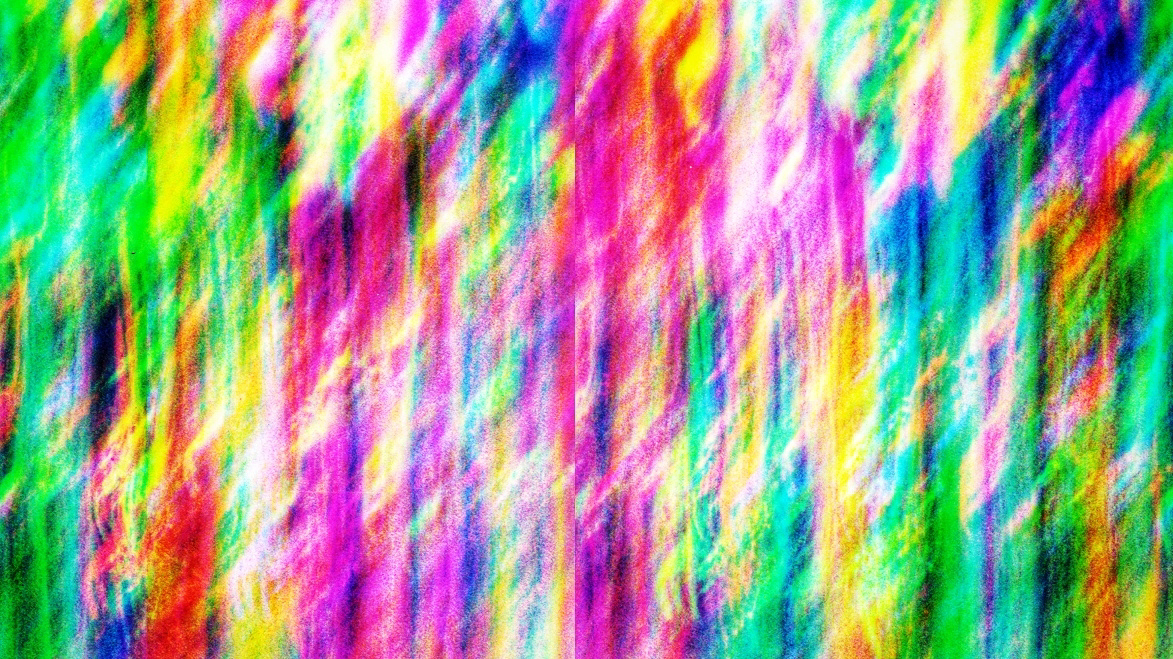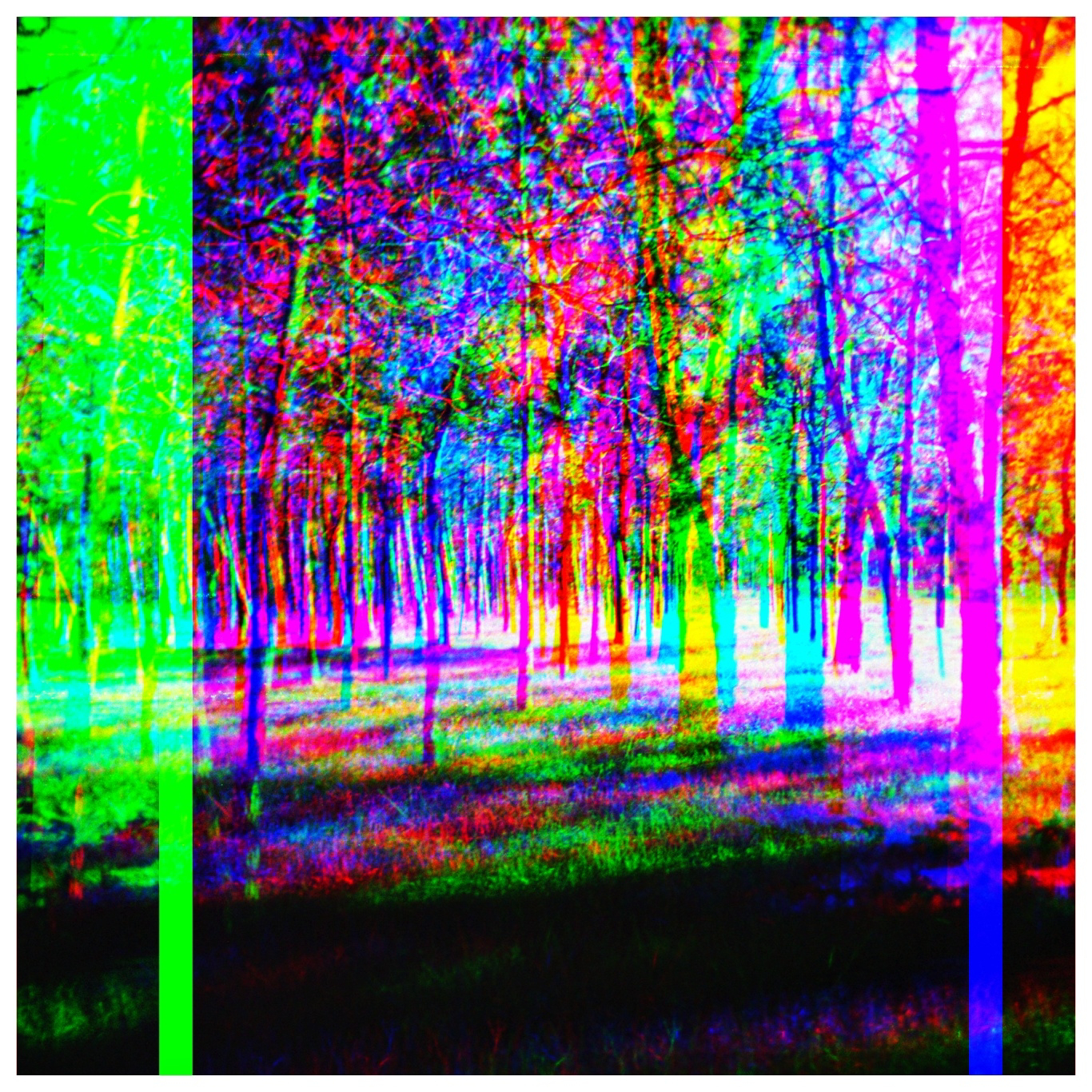Databending with film (and digital), 26 November 2023
Databending with film (and digital), 26 November 2023
I've been interested glitch art for a while, taking an image and deliberately corrupting it so that the original image information is transformed from a recognisable image to something more abstract.
For those not familiar with databending, it's 'editing' files (in the loosest sense of the word) by opening image files in programs not intended for editing files (for example, importing a file into Audacity audio editor or opening a photograph in a word processor like WordPad) or by directly affecting the file structure using a Hex Editor to rewrite individual pixels or using a programming language like Processing.
I've also want to try film souping, the technique of soaking a roll of film in chemicals purposely damage the image on the film, but I'm not really in a position to soup films at home and I don't really want to damage a laboratory film processing machine with a clumsily souped roll of film. So really databending is the easiest and non-destructive way of glitching my images.
Until now I've been glitching digital images by databending or Hex editing, but I discovered how to use a technique called pixel sorting with the programming language Procesing and recently found a Processing script for RGB channel shifting (http://datamoshing.com/2016/06/29/how-to-glitch-images-using-rgb-channel-shifting/#comments), 'the process of taking the red, green or blue values of pixels in an image and applying those values to pixels in different positions on the image.'
Of course, the first time I tried this technique I used images taken with a digital camera, and even my smartphone, but I wanted to try channel shifting with an image that originated on film. So I took some photographs taken on Lomochrome Purple film from Holga Week and ran them through a channel shifting Processing script written by 'Phil' on Datamoshing.com in 2016. This shifted the red, green and blue pixels around the frame.
After posting the images to social media, which garnered several likes and favourable comments, @ge0rg on Mastodon commented that they were 'reversed trichromes'. Trichromes use black and white images taken with red, green, and blue filters to make a colour image, so I took a black and white image from the #FrugalFilmProject and ran that image file through the channel shifting Processing script. Originally a vortograph of railway lines through the Vortoscope taken with an Agfa Clack, after running the image through the Channel Shifting script we get a multicoloured abstract.
I then took this one step further by combining two techniques. Originally a photograph of trees in a wood with a little intentional camera movement, the Lomochrome Purple image became a multicoloured abstract after first running the file through the channel shifting Processing script and then pixel sorting the result.
#Glitch, #GlitchArt, #DigitalArt, #GlitchAesthetic, #Datamoshing, #Abstract, #Trippy, #Holga, #ChannelShift, #Databending,









Comments
Post a Comment